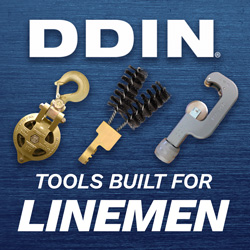With electricity demand now climbing, the challenge lies in ensuring that clean energy sources can continue to grow fast enough to meet future needs without increasing reliance on fossil fuels.
The United States reached a major milestone in diversifying generation in 2024, as wind and solar combined to generate more electricity than coal for the first time. According to a new report from Ember, which analyzes a full-year of U.S. Energy Information Administration’s electricity data, wind and solar accounted for 17% of total electricity generation, while coal fell to an all-time low of 15%.
This shift occurred amid rising electricity demand, which increased by 3% in 2024—the fifth-largest jump this century. While natural gas generation also grew in response to the demand surge, solar energy alone outpaced gas in new generation, marking a fundamental change in the nation’s power landscape.
Renewables Lead the Charge
Solar energy saw a 27% increase in generation, adding 64 terawatt-hours (TWh) to the grid, while wind contributed an additional 32 TWh. This rapid growth in renewables helped offset both the decline in coal generation (-22 TWh) and rising electricity demand (+128 TWh). By contrast, natural gas generation increased by 59 TWh, representing a 3.3% rise, but it was solar that met the largest share of the additional demand.
Since 2007, the U.S. has steadily transitioned away from coal, reducing its power sector emissions by 32% and cutting coal generation by 68%.
Battery Storage Unlocks Solar Growth
A key driver behind solar’s success has been the rapid expansion of battery storage, which allows excess daytime solar power to be used in the evening when demand peaks. California and Nevada both exceeded a 30% solar share in their electricity mix for the first time, with California leading battery deployment. The state installed 20% more battery capacity than new solar capacity, enhancing grid reliability and maximizing renewable energy use.
Continue reading at T&D World
For more utility related reading, check out the potential impact of the Supreme Court’s Chevron decision, TerraPower’s new reactor construction, and the demand for AI potentially driving more generation investment.







0 Comments